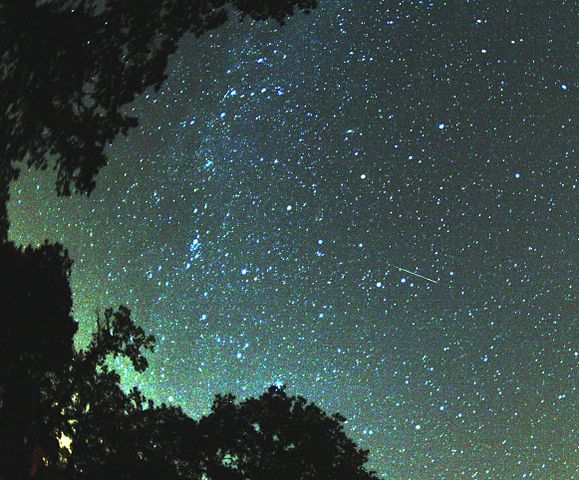Perseid meteor shower 2015 peak time and dates: When to watch star show Aug 12-13

Stargazers and astronomy enthusiasts alike are getting excited as the peak dates for the annual Perseid meter shower draws near.
The Perseid meteor shower is an annual event that is also described by astronomers as one of the brightest of meteor shower events and it ushers in the summer months in the Northern Hemisphere. Additionally, this year's event is said to be one of the most perfect opportunity to view the event at its brightest.
In reality, the event has already started since the middle of July and is expected to continue until the end of the month. However, due to changing weather conditions and depending on location, the meteor shower can be clearly seen on selected dates only.
This year, the activity will reach its peak this week, most likely during the periods of Aug. 12 to 13, as the increased number of meteors traveling across the sky will increase the chances of the shower being clearly visible. In addition, the dates are nearest to this month's new moon, so chances are the night skies will be darker than usual and will be perfect for viewers to see an unobstructed view of the event. It is even surmised that if the conditions are perfect, observers may be lucky enough to see up to 100 shooting stars in just an hour of skygazing.
Viewing the Perseids will not need any special equipment such as high-powered telescopes. Instead, observers can see the event with the naked eye. However, observing the night sky away from big cities or areas with bright lights will increase the chances of seeing the Perseid meteor shower.
The particles seen from space come from space debris called the Perseid Cloud, which is part of the 133-year orbit of the Swift-Tuttle comet. The showers also appear to come from the constellation Perseus, hence the name.











